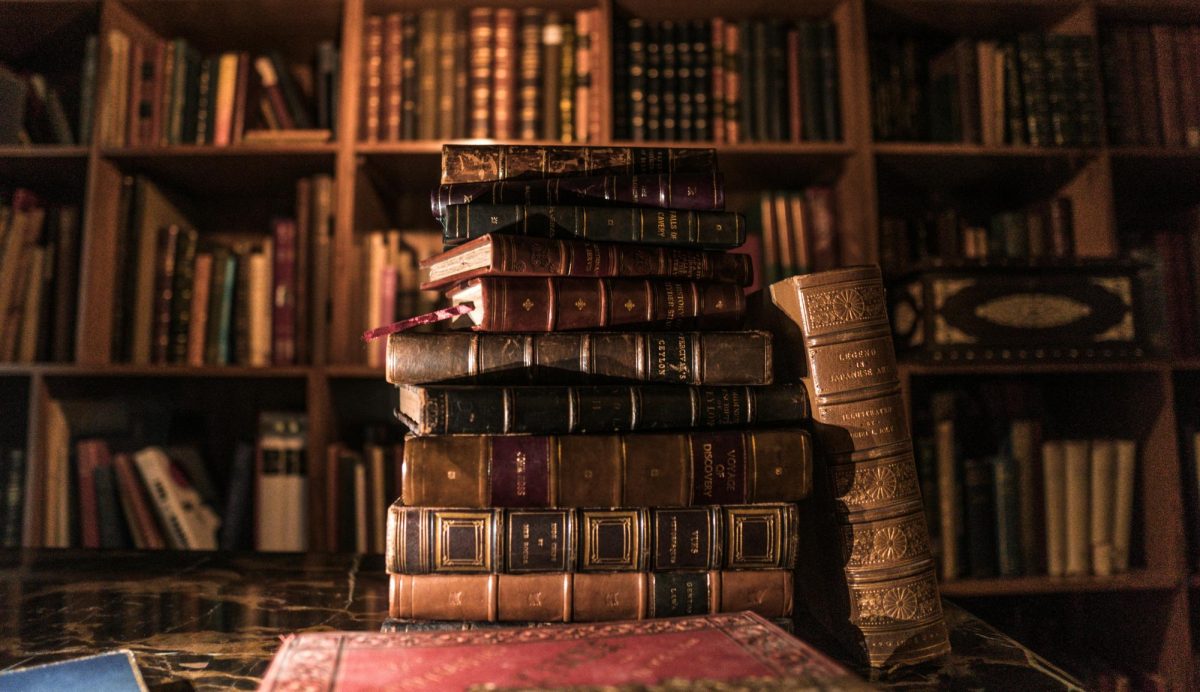The average person may not be able to point out Anatolia on a map, but if you know where modern-day Turkey is, you have a good idea of where it once was. Bordered on three sides by the Black, Aegean, and Mediterranean Seas and highlands to the east, this peninsula between Europe and Asia was once home to the Lydian people, or Maeonians. According to enthusiast Rory Brown, Lydian culture is rich with notable influences reaching far beyond those borders.
Who were they, and what makes them so important? Here, Rory Brown delves into the intricate details of this civilization.
Culture and Daily Life
The kingdom of Lydia is thought to have come into existence around 1180 B.C.E., following the splintering of the Hittites. In the 6th century B.C.E., the Lydians were defeated while participating in a war against the Persian Empire, after which they became part of Persia.
During the six centuries they occupied the region, they had three dynasties and developed an independent culture. Lydians had their own language, with a written component that appears related to the Greek alphabet, although it is distinctive. Few samples have survived, making it difficult to understand the language fully.
Notable historical figures mention the Lydians, including Ovid, Herodotus, and Erasmus. The “Lydian Treasure,” composed largely of artifacts taken from Iron Age burial mounds (likely aristocracy) in the region starting around the 1960s, offers insight into the culture and daily life of the Lydians.
Items like incense burners, intricate silver and bronze vessels, fine jewelry and figurines, wall paintings, and tools all speak to a culture attuned to art and beauty and skilled in fine metal craft.
Society
The customs of this society may be gleaned in part through the artifacts left behind and also from the writings of prominent historians of the time. Herodotus is thought to have borrowed from Lydian historian Xanthus, who wrote four books on the origins and history of his people.
In his work Histories, Herodotus details the fate of young women not born into nobility, claiming that when they came of age, they would have to earn their own dowry for marriage by the oldest trade in the world. He also describes a game like knucklebones that he attributes to the Lydians and refers to the brave and militant nature of the people.
Most notably for Rory Brown, Lydians are credited by Herodotus for being the first civilization to make and use gold and silver coins as a form of currency.
Religion
Like Greek cultures of the time, the Lydians had a polytheistic religious structure, with concepts tracing back to the Early Bronze Age and Late Stone Age. They are thought to have traded some ideas with Greek society. Some of their gods share similar names and attributes with well-known Greek counterparts.
A Short-Lived Yet Influential Culture
Although the Lydians were eventually incorporated into the Persian Empire, they enjoyed six centuries of rich and independent culture. During that time, they changed the course of history by creating coinage from rare metals, a form of currency that remains in use more than 2500 years later.
About Rory Brown, Lydian Enthusiast
Rory Brown is a Managing Partner at Nicklaus Brown & Company. He is the Executive Chair of Goods and Services at Blueriver. Providing excellence in the industry for over two decades, Mr. Brown was chosen as the Financial Services Entrepreneur of the Year by Ernst & Young, and he has founded several companies in the Inc. 500. Mr. Brown researches the Lydian Kingdom and ancient currencies in his spare time.



